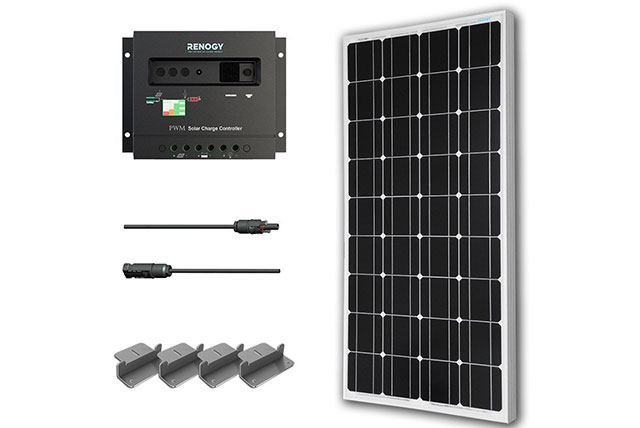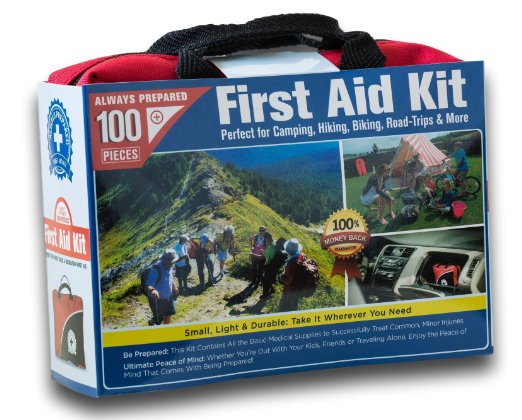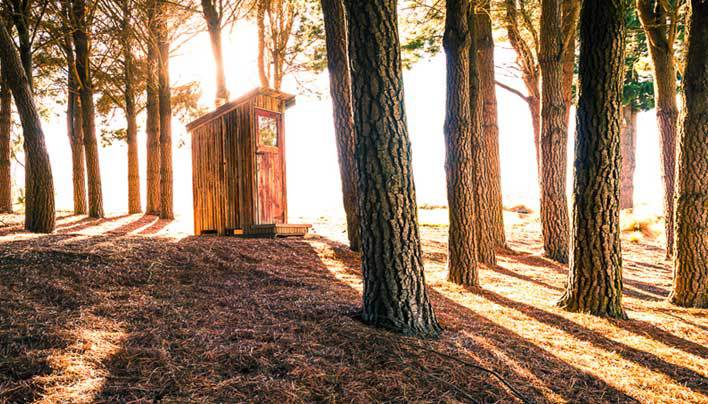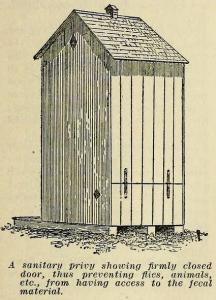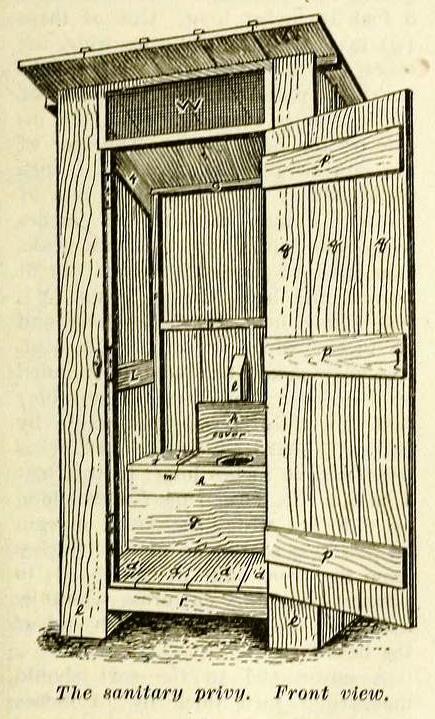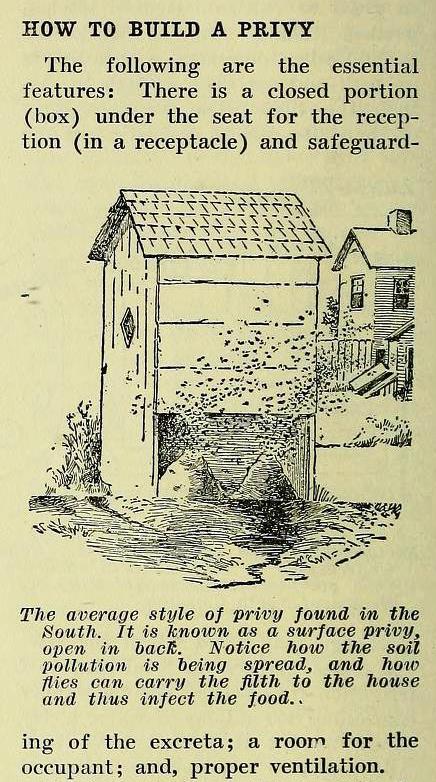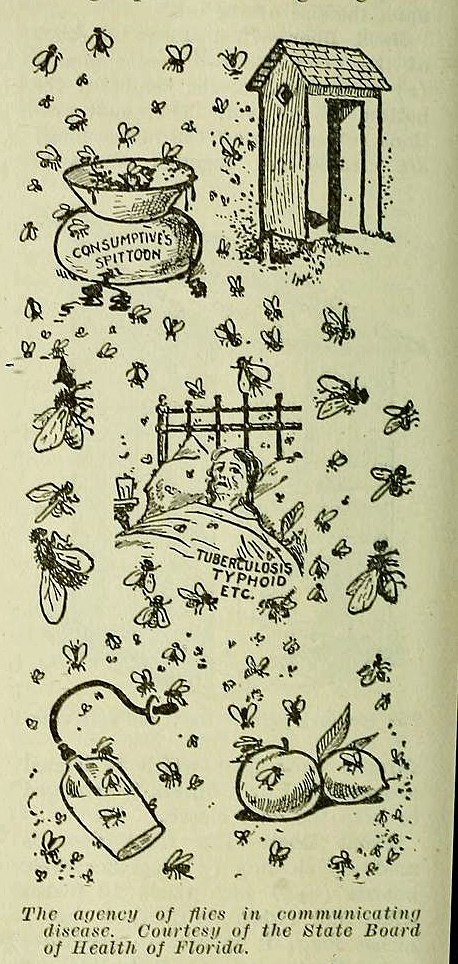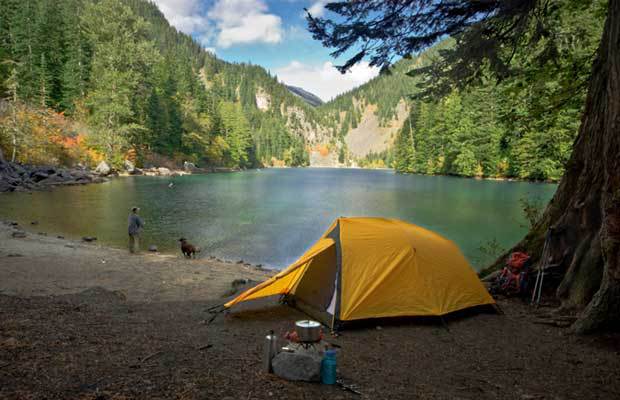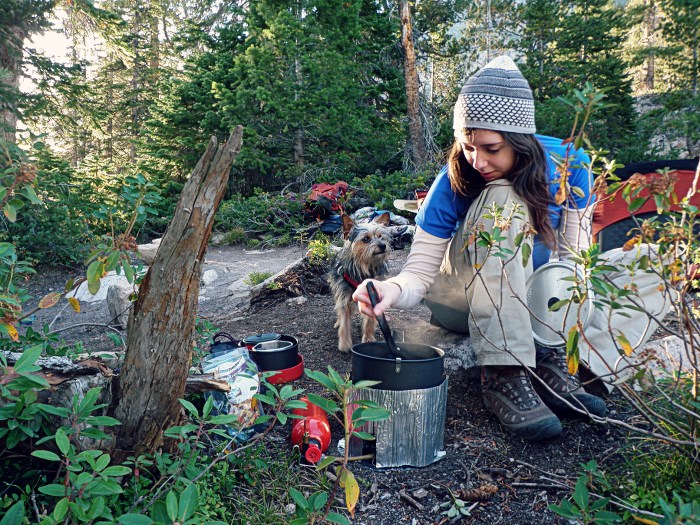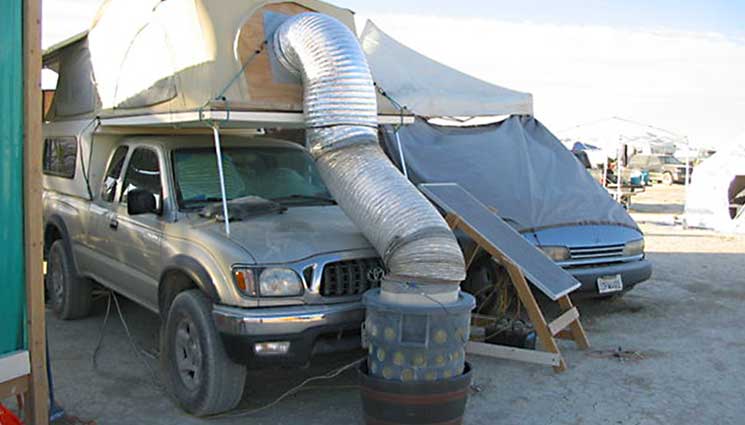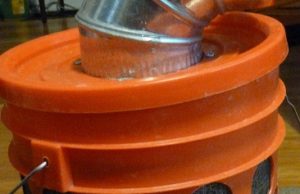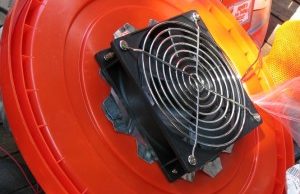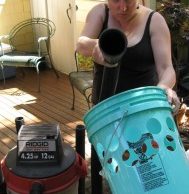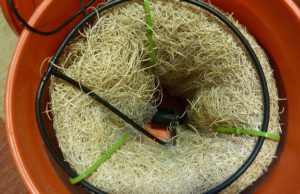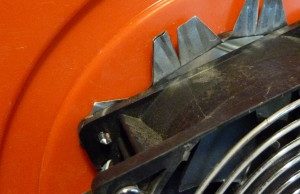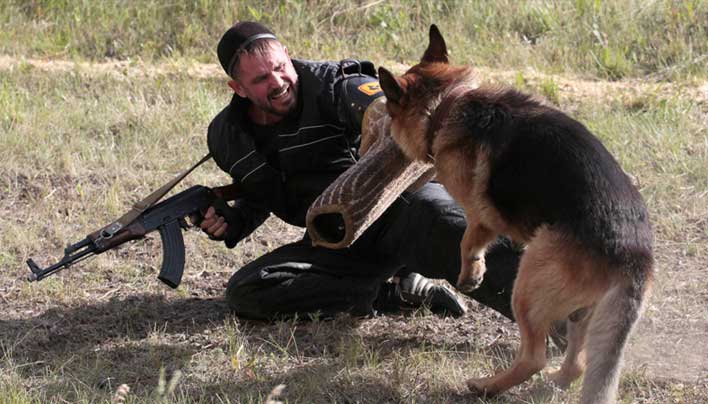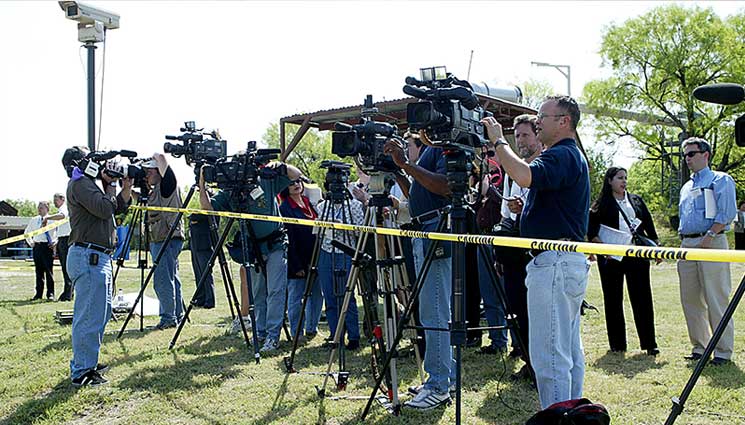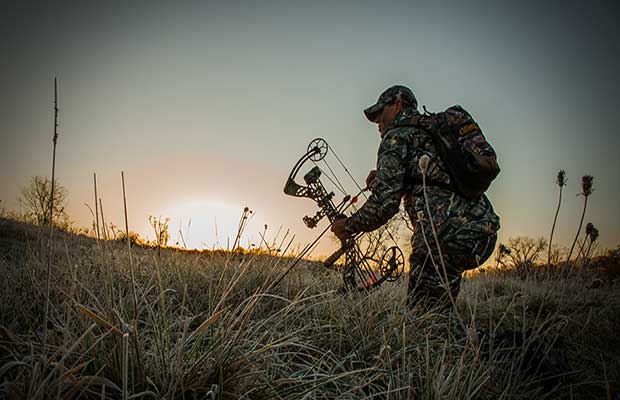DRY FIRE: The Secret to Better Shooting
Guns and ammo are undoubtedly at the top of the list when it comes to many preppers’ inventory. Lots of us in the prepper or survivalist scene love our guns and gadgets. But simply buying a gun and putting it in the closet or the nightstand drawer does not guarantee anything. In fact, handguns can be potentially, more dangerous to the owner than the bad guy. In particular, if the owner never practices with them.
We all have busy schedules and life gets in the way sometimes preventing us from getting to the range to train. Or some people’s budgets may not allow them to shoot as often as they would like or need to.
But folks, there is a solution… Wanna know the secret to becoming a better shooter? Actually, there is no secret, but dry fire, can significantly increase a person’s shooting ability.
Practice Practice Practice
What is dry fire? Dry fire is simply practicing everything related to running a firearm, without actually firing a live round. You can practice everything from drawing your pistol from the holster, to reloading, trigger press/squeeze, target transitions, shooting from awkward positions, engaging multiple targets, moving while shooting, from behind barricades, etc, etc. It’s endless what you can do. And one of the best attributes of it, is that it costs nothing! Only as much time as you want to put into it.
To be good at shooting, you need to be consistent. You have to do everything the same every time you do it. How do you improve consistency? Repetitions, depending on how good you want to get, as many reps as you can possibly do, perfectly. I’m sure you all have heard the saying, practice makes perfect? Well, to be analytical, if you are doing something wrong and practicing it 1000’s of times, you are practicing to suck. You have to be sure you are practicing the technique correctly in order to be perfect. Please be aware of that.
For all the beginners and even intermediate shooters, I recommend getting some professional instruction. That way you can be sure you are doing everything correctly. Any of the big shooting schools in the country is money well spent. But also don’t overlook possible local instructors, just do your homework and vet them so you know your not gonna get robbed of your money and getting crap instruction. The NRA is also a good resource.
If you live near a gun club that has monthly USPSA (United States practical shooting association) or IDPA ( International defensive pistol association) matches, seek out the grand master, or master class shooters for possible help working with your skills. Grand master and master class shooters are very highly skilled shooters. A person does not make those levels unless they want to get there. I.e. they put in the time and work to reach those levels. YouTube can be a good source of info as well, but that is only after you have a grasp of the basics after having had professional instruction so you understand what the video is explaining.
Dry fire can be done pretty much anywhere, but there are some safety rules you MUST adhere to. The priority safety rule when it comes to dry fire is to not have ANY ammo in the same room. Double and triple check your weapon that it is empty of any live ammo. I do recommend snap caps or dummy rounds to help replicate the weight of a loaded handgun. But one must be diligent in making sure there is no live ammo in the dry fire area.
Practicing using a wall that will stop bullets is also a good idea, like a basement wall or foundational wall as they’re usually some form of concrete or stone. If you don’t have a wall like that to practice with, be aware of what’s behind the wall you are using, just in case. Now, the whole dry firing training, consists of NOT using live ammo, but it’s always better to be safe when it come to firearms.
OK, on to the meat and potatoes! You can print out any variety of targets downloaded from the web. You don’t even need to tape or pin targets to the wall. You can use a light switch, or a mark on the wall. I use post it notes as you can get them in all sizes, they adhere to the wall well and remove without ruining the surface of the wall. I use the smallest size post it note I can find which are 2″x2″. I also like them because I set up different arrays to practice different things. Or you can hang a full size silhouette target. I like the idea of aiming small.
Once you have your target/s up, it’s up to you to decide what to work on. A good place to start is the fundamentals. Learn to establish a good grip on the weapon. Draw quickly and smoothly. Another saying in the training industry you may have heard is, slow is smooth and smooth is fast. WRONG! I vehemently disagree! Smooth may be fast but slow is slow! I don’t care how smooth your draw is, if it’s slower than your adversary, YOU LOSE! It’s good to start slow, to learn the movements and feeling, but ultimately the goal is to start to speed things up. Shooting a round on target at 7 yards from the holster in under a second is very achievable! It just takes practice.

So a suitable basic drill is to establish a good grip on the weapon, smoothly and quickly draw from holster, acquire a good sight picture, that means front and rear sights are equal height, and there is equal light or space on each side of the front sight, in the notch of the rear sight. Take that sight picture and align it on the target. Slowly take up the slack in the trigger, and break the trigger without disturbing the sight picture. Now, re-holster and do it again, and again, and again. Dry fire is a great way to develop the toughest part of shooting, the trigger press. Without the BANG of the round going off, the tendency of beginners to flinch will be absent.
The idea is to do it until it becomes subconscious. That is ultimately the level you should achieve. To be able to run the gun subconsciously. You shouldn’t have to think about how to operate and shoot your weapon. If something bad happens in real life that warrants you drawing your weapon, you’ve got a lot of other information to process without having to think about how to run your weapon. One piece of gear I recommend getting at some point is a shot timer. It can give you cues when to start your movements, you can set par times to help develop your speed. It is a great way to measure progress. Not to mention you can use it when you live fire as well.
All professional competitive shooters practice dry fire. The average ratio for most pro shooters is for every time they press the trigger on a live round, they press the trigger 5 times in dry fire. Even the special ops guys do dry fire. When they practice new drills, or tactics, it’s done dry first, until they get it right. Then they do it with live fire to practice the real thing. If you carry concealed, practice drawing from your concealed holster. If you have battle nylon, like a battle belt or a holster mounted on a plate carrier, put them on and practice dry firing from them!
Most of us love the guns, but how many practice with them? By that I mean actually train with them. Going to the gravel pit and blasting off rounds as fast as you can pull the trigger is not training. That’s just making noise and it is not developing any skill. It would be cheaper to just buy firecrackers if all you want to hear is noise. Have structured practices to develop your skill. You can also do the same with rifles. So if you get bored with the pistol, pull out the AR or AK! If someone dry fires for 15-30 minutes a day, 3 days a week, in one month you will see a notable improvement the next time you go to the range.
Guns and ammo are undoubtedly at the top of the list when it comes to many preppers’ inventory. Lots of us in the prepper or survivalist scene love our guns

















 What do you want to have by your side in the middle of the night?
What do you want to have by your side in the middle of the night?

